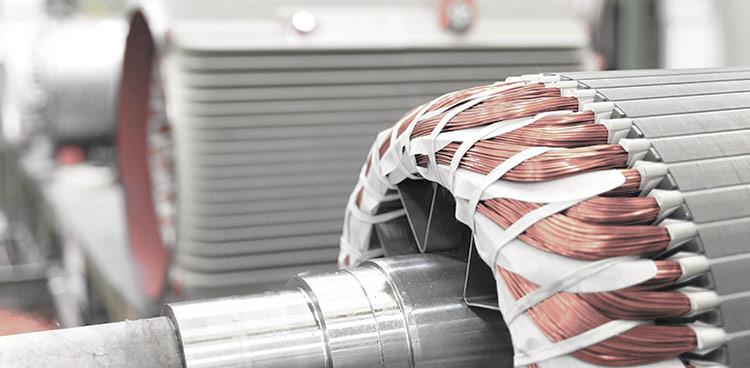Ceramics in the electrical industry
Broad portfolio of applications

The industry has 880,000 employees in Germany and generated sales of 190 billion euros in 2019, representing eleven percent of all industrial production and three percent of Germany's gross domestic product. With a value-added ratio of 45 percent, it holds the pole position in comparison with all other major industrial sectors. This industry is particularly strong in the area of research and development – around 11 percent of all employees work in the R&D sector and the industry’s innovation-related expenditure in 2019 alone was just under 29 billion euros.
When it comes to production and development processes, the requirements for electronic components continue to increase. Metals and conventional plastics often have to be replaced by highly thermal and electrically conductive plastics. Miniaturization and mass production increasingly demand for heat to be dissipated quickly and effectively in the smallest space possible. It’s here where technical ceramics come into their own, providing solutions of the highest standard. The use of boron nitride ensures that thermal management plastics have a very high degree of thermal conductivity. In combination with the typical properties of polymers, a whole spectrum of options for modification become available that can be customized for use in specific applications. This means that the quality of products and solutions can be sustainably improved, their production simplified, and the overall costs reduced.
Sources:
www.zvei.org
www.gesamtmetall.de
industrieanzeiger.industrie.de

